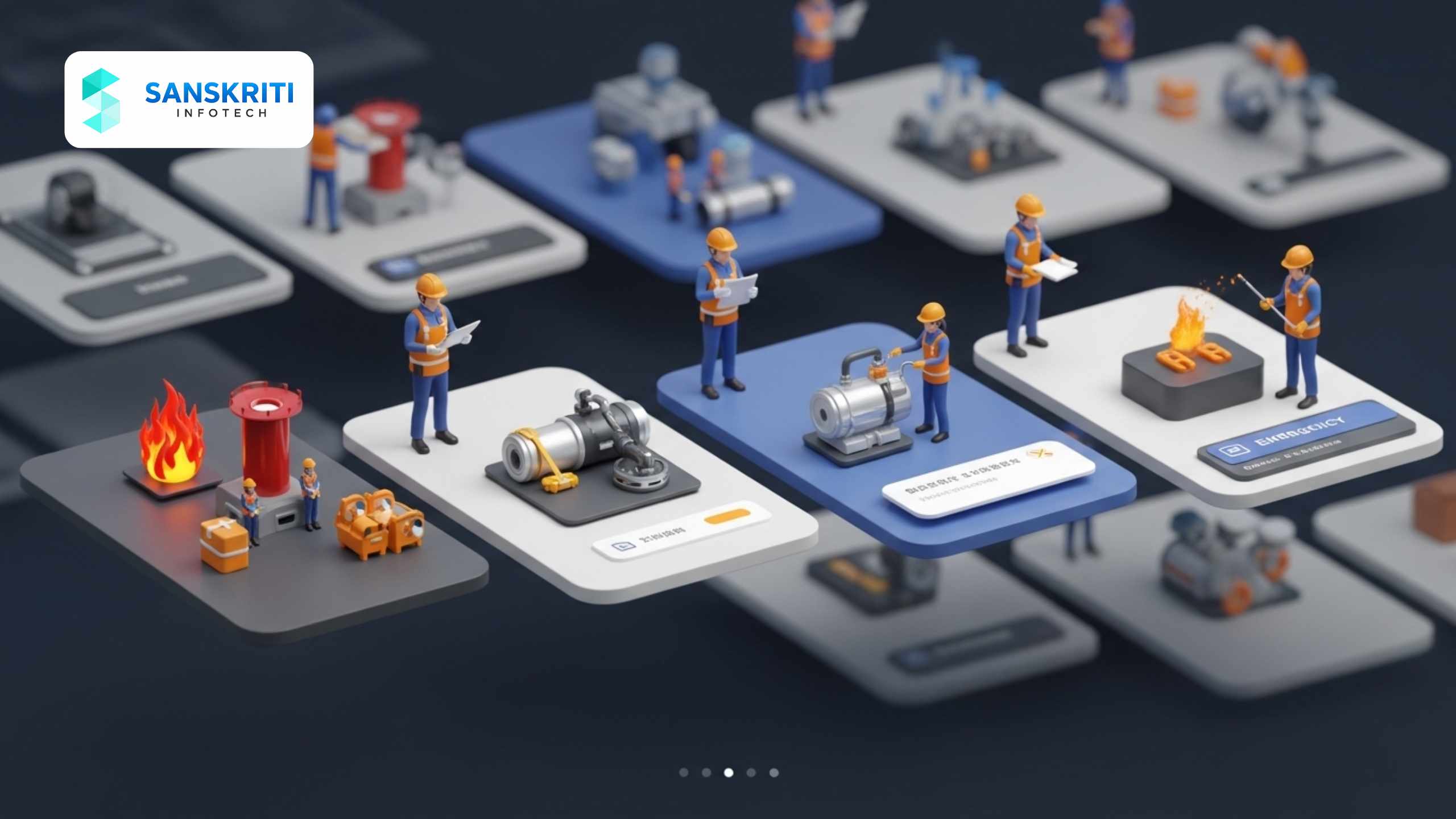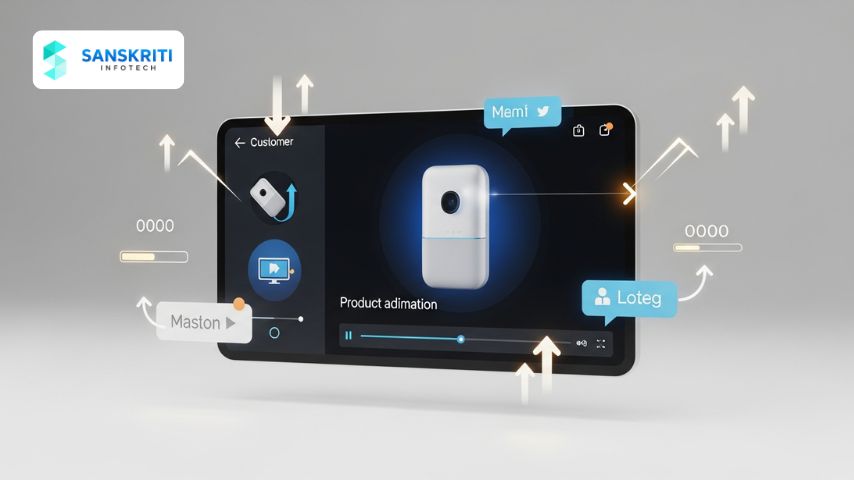Table of Contents
Introduction
In today’s ever-evolving industrial landscape, safety training must keep pace with modern challenges. Traditional one-size-fits-all training formats are no longer sufficient for workplaces that demand precision, flexibility, and engagement. Enter modular safety training courses—a modern, bite-sized approach to workplace learning. But how do we make these modules even more effective? The answer lies in 3D animation.
This blog explores how 3D animation enhances modular safety training courses, improves learning outcomes, and contributes to a safer, more compliant work environment.
What Are Modular Safety Training Courses?
Modular safety training courses break down complex safety protocols into smaller, topic-specific segments. Instead of overwhelming learners with a long and dense session, modules provide focused instruction on key safety areas like:
- Fire safety
- Electrical hazards
- PPE usage
- Confined space entry
- Hazard communication
Each module can be taken independently and revisited when needed, making this format ideal for onboarding new hires, upskilling seasoned employees, and reinforcing protocols during safety audits.
Why Traditional Methods Are No Longer Enough
Conventional safety training—like printed manuals or PowerPoint presentations—often falls short due to:
- Low engagement
- Limited retention
- One-way communication
- Language and literacy barriers
- Lack of context or realism
These issues can lead to knowledge gaps, non-compliance, and increased accident risk. With safety at stake, organizations need smarter tools. That’s where 3D animation enters the picture.
The 3D Animation Advantage in Modular Safety Training
1. Realistic Simulation of High-Risk Scenarios
3D animation allows learners to experience and visualize complex or hazardous scenarios—without exposing them to actual danger. Whether it’s a simulated fire drill, chemical spill response, or lockout/tagout procedure, trainees get a vivid and memorable understanding of what’s at stake.
2. Enhanced Retention Through Visual Learning
Studies show that visuals improve retention by up to 65% compared to text alone. 3D animations are not only visually rich but also immersive, triggering both cognitive and emotional responses that aid memory. When paired with modular learning, each animated module becomes a powerful micro-learning unit.
3. Standardization Across Locations
3D animated modules ensure consistency in training, especially for multinational companies or facilities spread across locations. Every worker receives the same high-quality instruction, regardless of location, trainer, or language.
4. Customizable for Different Roles and Risks
Modular design allows you to tailor training to specific job roles or departments. 3D animations can be customized to match your plant layout, machinery, safety equipment, and industry-specific hazards—making the training contextually relevant and more relatable.
5. Language-Neutral Communication
One of the biggest challenges in diverse workplaces is language comprehension. 3D animation uses visual cues and minimal text, making it easier for non-native speakers or workers with lower literacy levels to grasp the message without confusion.
6. Reusable and Cost-Efficient Over Time
Although there is an upfront cost to develop 3D animated modules, they can be reused across years and teams—leading to a better return on investment. You don’t need to arrange repeated in-person sessions or deal with inconsistent trainers.
7. Easily Integrates with eLearning Platforms
3D safety modules can be embedded into Learning Management Systems (LMS), allowing for seamless distribution, performance tracking, and compliance documentation. Workers can complete training anytime, anywhere—ideal for remote and hybrid workforces. Research indicates that eLearning with animation significantly improves engagement rates.
Real-World Use Case
Industry: Manufacturing
Challenge: High incident rate due to non-compliance with PPE usage
Solution: Developed a 3D animated modular course with short videos covering types of PPE, donning and doffing, maintenance, and consequences of non-use.
Results: – 47% improvement in post-training assessment scores – 28% drop in PPE-related incidents within 6 months – Positive employee feedback and higher course completion rate
Long-Term Impact on Workplace Culture
When modular safety courses are enhanced with 3D animation, the ripple effect is significant:
- Improved safety awareness
- Better knowledge retention
- Reduced training fatigue
- Increased employee engagement
- Faster onboarding time
Ultimately, it fosters a proactive safety culture where learning is continuous, interactive, and impactful. According to the National Safety Council, companies with strong safety cultures see significantly lower incident rates.
Final Thoughts
Modular safety training is the future of workplace learning—and 3D animation is the catalyst that brings it to life. Whether you’re onboarding new workers, conducting refresher training, or rolling out industry-specific SOPs, animated modules make learning more intuitive, inclusive, and effective.
If you want to reduce incidents, meet compliance benchmarks, and promote a safety-first mindset, integrating 3D animation into your training program is the smart next step.






